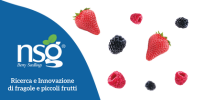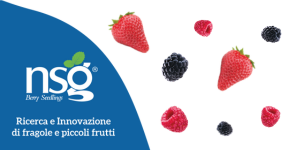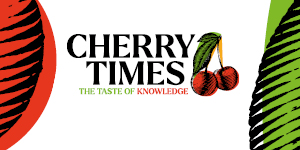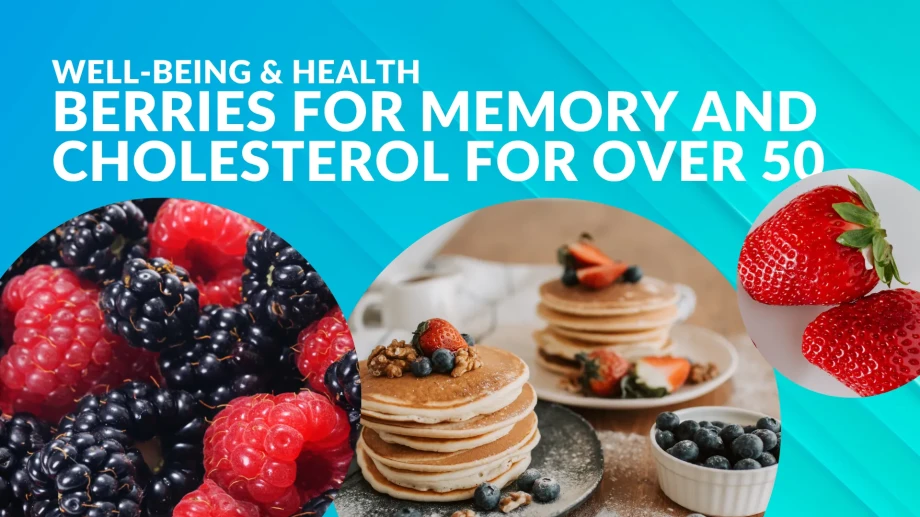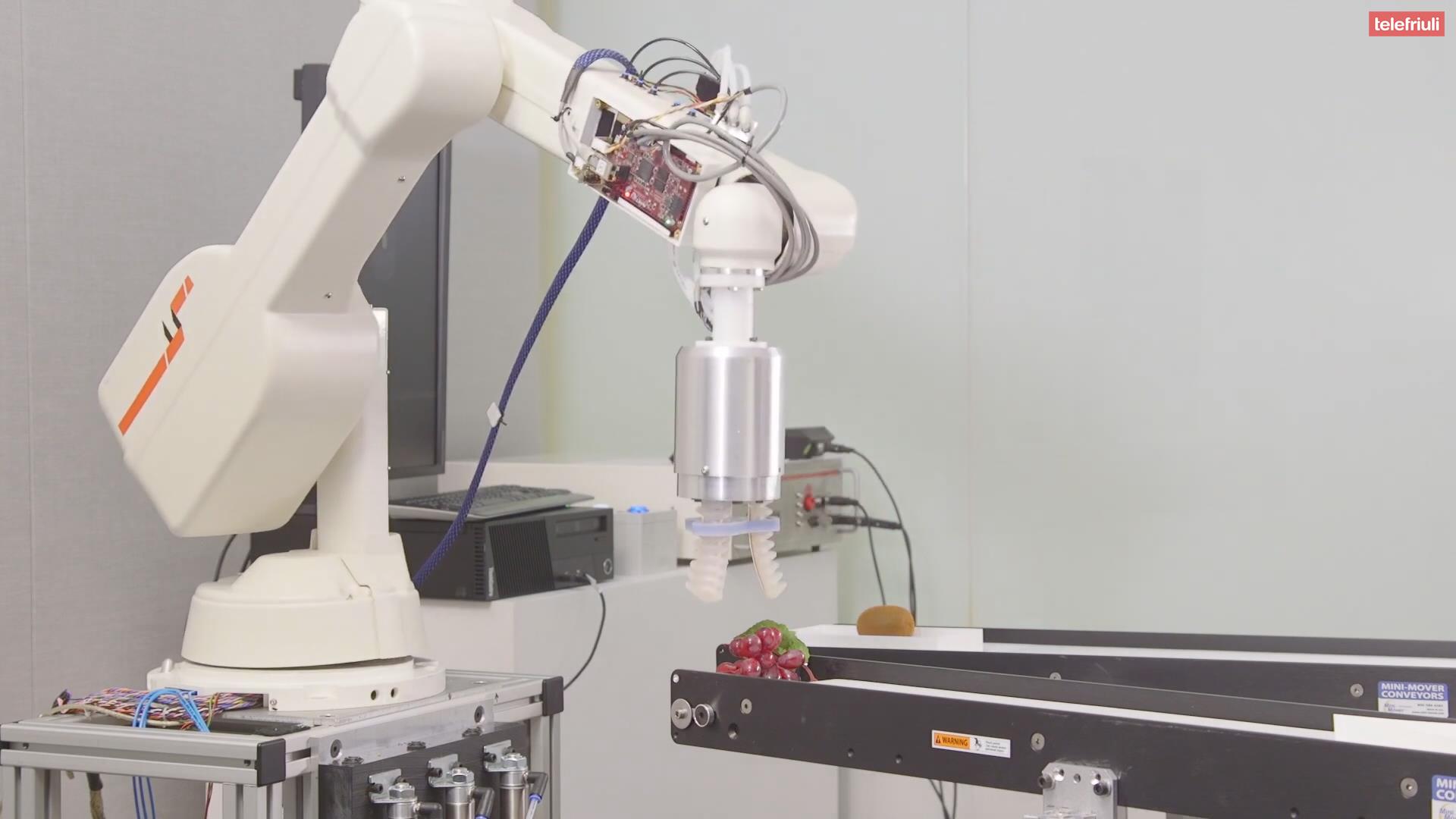Modern health is profoundly influenced by lifestyle habits, and diet emerges as the most significant factor in the etiology of Metabolic Syndrome (MetS)—a cluster of conditions (such as obesity, hypertension, dyslipidemia, and impaired glucose regulation) that increase the risk of cardiovascular disease and cognitive decline.
As it is increasingly recognized that cardiometabolic and cognitive benefits are often interconnected, attention has turned to functional foods rich in phytochemicals, including berries.
It is well established that a higher intake of berries, such as blueberries and strawberries, is associated with better cognitive function in older adults. A recent study aimed to specifically investigate the effects of a complex mixture of berries and tomatoes (rich in polyphenols and carotenoids) on both cognitive functions (working memory and selective attention) and cardiometabolic risk markers in healthy individuals aged 50 to 70 years.
The Nutritional Power of Berries
Berries are excellent sources of phytochemicals, particularly polyphenols and carotenoids, and also provide a good amount of dietary fiber (DF).
The mixture used in the study, consumed daily for five weeks in beverage form, consisted of blueberries (150g), elderberries (50g), lingonberries (50g), strawberries (50g), blackcurrants (50g), and tomato powder (equivalent to ≈100g of fresh tomatoes).
The analysis of this beverage confirmed a considerable concentration of total polyphenols (1324.9 mg/l). In particular, anthocyanins—the pigments responsible for the red, blue, or purple color of berries—were present in high concentrations (414.2 mg/l). Flavonols (155.9 mg/l) were also present in significant amounts.
These bioactive compounds are responsible for the high antioxidant capacity of the berry-based beverage. Although anthocyanins represented 31% of total polyphenols, they contributed to 43% of the total antioxidant capacity of phenolic compounds, underscoring their crucial role.
This antioxidant capacity (measured using the TEAC method at 20.3 mmol Trolox/l) was found to be higher than that reported for many other fruit juices.
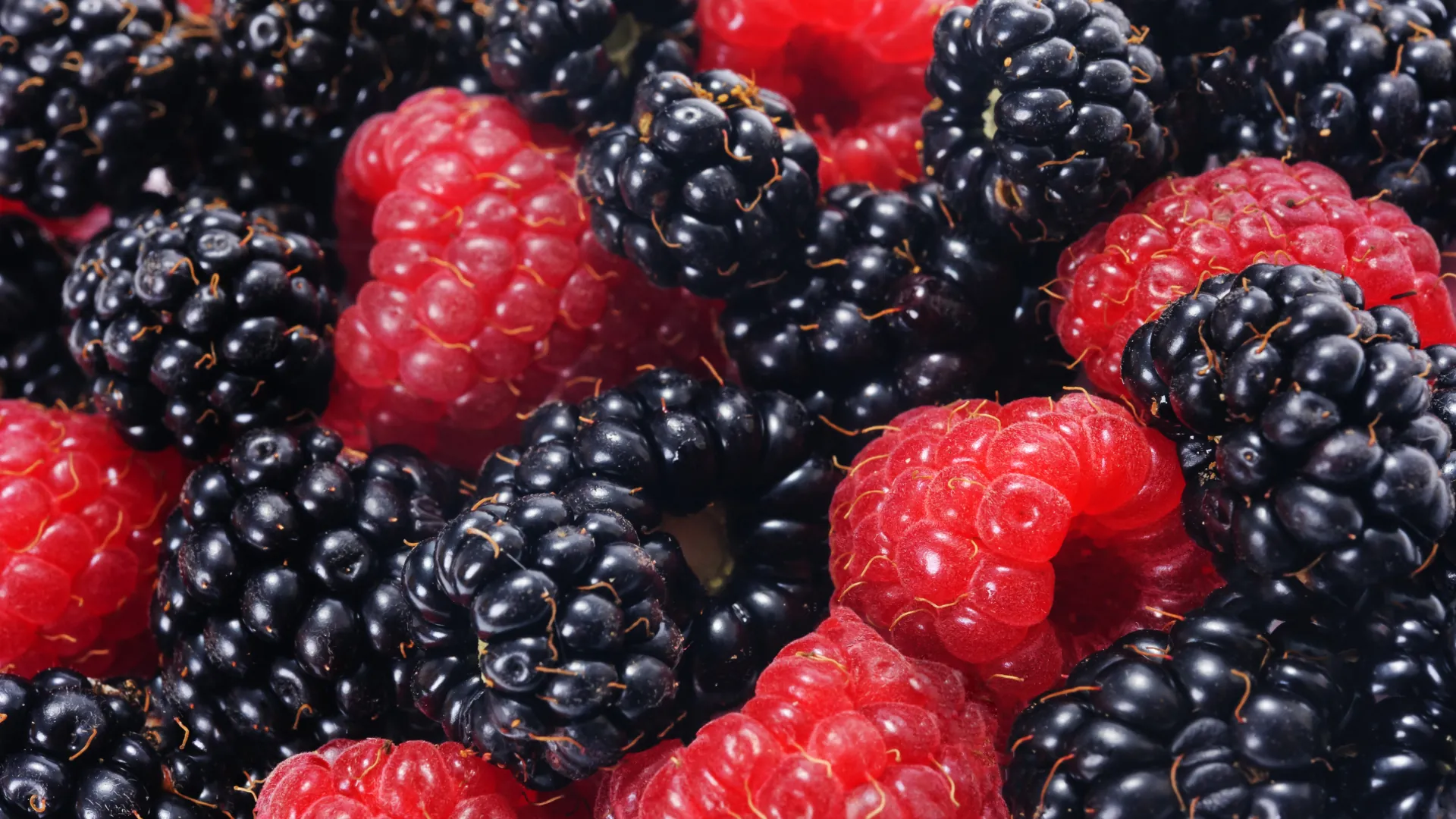
Berries and Cardiometabolic Health
The five-week dietary intervention with the berry-based beverage produced significant results for cardiometabolic health, particularly the lipid profile.
Data showed that berry consumption led to a significant reduction in Total Cholesterol (Total-C) (-3.4%) and LDL Cholesterol (LDL-C) (-4.6%) compared to baseline values. These improvements were also significant when compared to the effects observed after consumption of the control beverage.
Another key finding concerns glucose and insulin regulation:
- The berry-based beverage did not cause a significant increase in fasting glucose or insulin concentrations compared to baseline.
- In contrast, the control beverage (which contained the same quantity and type of monosaccharides—glucose and fructose—as the berry beverage) caused a significant increase in fasting glucose concentration (+3.4%) and a trend toward higher fasting insulin (+12.8%) compared to baseline.
These results suggest that the components in the berry matrix (such as polyphenols, carotenoids, and dietary fiber) may have the potential to mitigate or neutralize the adverse effects that daily consumption of simple sugars could otherwise have on insulin sensitivity and glucose regulation.
The increase in insulin resistance (as measured by HOMA-IR) observed after the control intervention was significantly greater than that observed after the berry intervention.

The Cognitive Impact of Berries
In addition to metabolic benefits, the study assessed the impact of berries on cognitive function. Working Memory (WM) is a key system in higher-level cognitive processes, essential for everyday tasks such as reasoning or problem-solving, as it simultaneously handles the temporary storage and processing of information.
After five weeks, consumption of the berry-based beverage led to a modest but significant improvement (about 5%) in Working Memory (WM) test performance at 30 minutes after a standardized breakfast, compared to the control beverage.
It is hypothesized that this improvement in cognitive performance may be due, at least in part, to enhanced insulin sensitivity and/or insulin receptor signaling in the brain.
Polyphenols and their metabolites (such as anthocyanins and flavonols) have been shown to cross the blood-brain barrier and reach brain regions critical for learning and memory.
Furthermore, the mechanisms underlying the metabolic and cognitive benefits of berries are multifactorial and may include well-documented anti-inflammatory and antioxidant properties, as well as modulation of the gut microbiota and the release of neuroprotective bacterial metabolites.
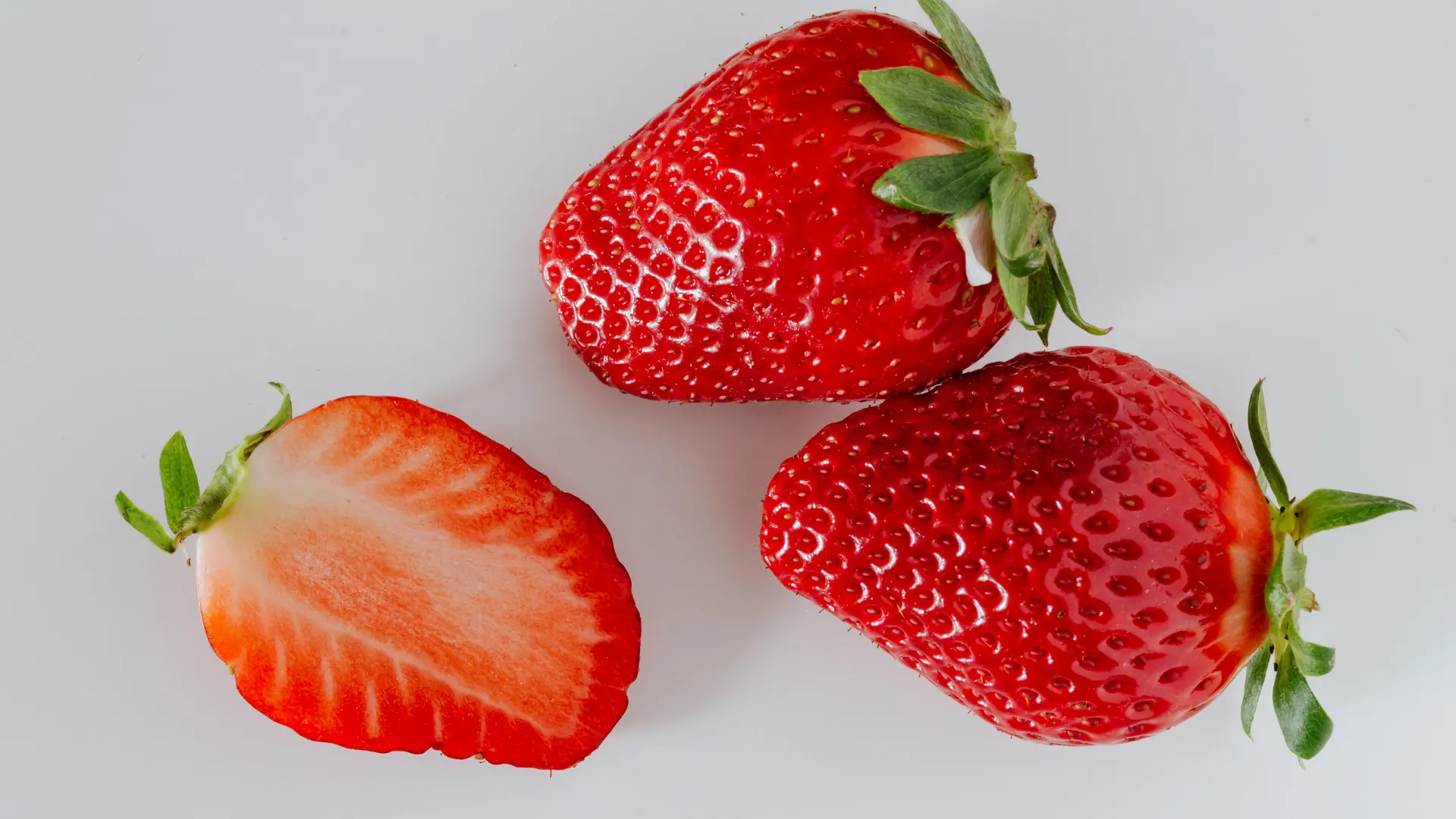
The Strategic Role of Berries
The results of this research support previous findings on the health benefits of berries, confirming their preventive potential against diseases related to Metabolic Syndrome.
The mixture of berries and tomatoes was shown to improve lipid profiles (reducing Total-C and LDL-C) while protecting glucose and insulin regulation from potential adverse effects of monosaccharide intake.
These cardiometabolic benefits were paralleled by an enhancement in Working Memory capacity. Such effects are likely related to the rich content of bioactive compounds and dietary fiber present in these foods.
The scientific evidence linking cardiometabolic benefits to improved cognitive function positions berries not only as a premium food but as a strategic component in building a modern diet.
In a global context increasingly focused on prevention and the maintenance of long-term physical and mental functionality, berries offer a model of functional nutrition where sensory pleasure meets scientifically documented support for overall well-being—from metabolic regulation to cognitive performance.
Source: Nilsson A, Salo I, Plaza M, Björck I (2017) Effects of a mixed berry beverage on cognitive functions and cardiometabolic risk markers; A randomized cross-over study in healthy older adults. PLOS ONE 12(11): e0188173. https://doi.org/10.1371/journal.pone.0188173



